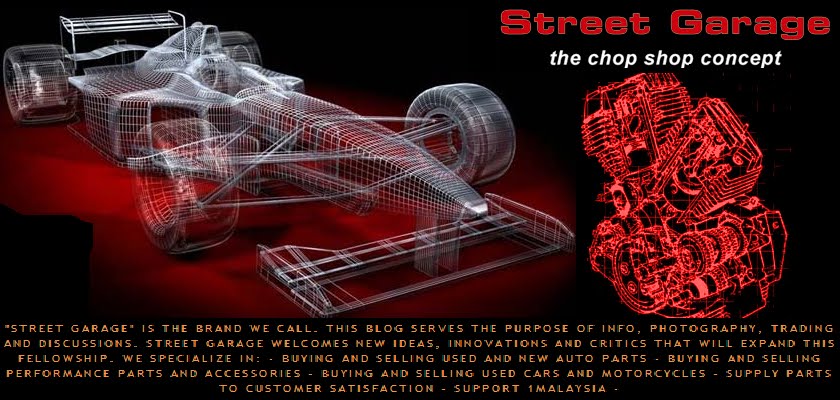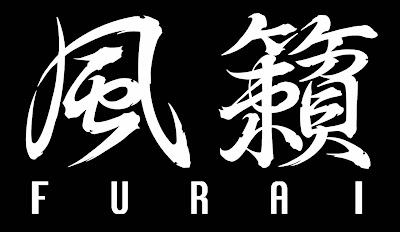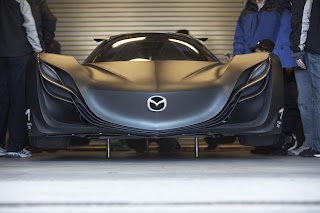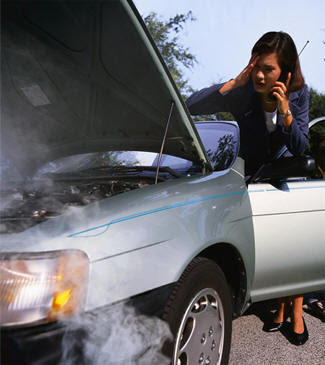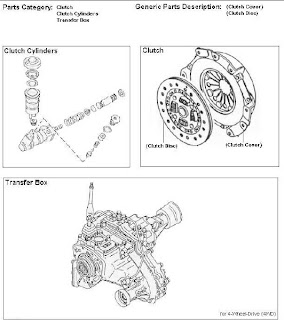This was my third ride, a 1996/1999 JDM Honda Civic EK3 Ferio. She had a 1500cc engine + CVT Multimatic gearbox. Previously my Mum was using it and since she retired from her job, I took ownership of it.
This Honda Civic entered it's 6th generation, the "EK-generation" from late 1995 till late 2000. Replaced by the current ES-generation from late-2000, nevertheless many fans still feels the EK-Civic to represent a peak in Honda's acheivement amongst all generations of Civics thus far. In the EK-Civic, the various variants were truly refined to the highest of standards. The SiR was given the code EK4 and carries the 3rd (and as it turned out to be also the last) incarnation of the legendary B16A. This generation also saw the introduction of a true Type-R Civic, the EK9. Best of all, for the person with family requirements, the so-called "executive" D15B engined version was one of the best overall Civic yet designed by Honda.
For the EK-generation Civics, Honda used the model code EK3 to denote the 'executive' Civic versions. This versions are effectively '2nd from the top' Civics, in this case, just below the top B16A and B16B engined variants. Executive Civics are powered by engines with a balance of fuel economy and power and designed for practicality and comfort unlike the B16A & B16B engined Civics which focuses purely on performance to the extent of compromising rather large degrees of comfort and even practicality.
"2nd from the top" Civics relies on the D15B engine in various configurations. The D15B displaces 1493c.c. and is always SOHC in design. In the EK3 series of variants, Honda equipped it with either just plain PGM-Fi which produces 105ps or the now famous 3-stage VTEC mechanism in which case it produces 130ps but with fuel consumption that can reach up to ~28km/l ! With the EK-generation, Honda also continued with the segregation of using the Civic name for the 3-door hatchbacks and Civic Ferio for the 4-door sedans. However, in addition to this Honda also used different type nomenclatures for the hatch and sedans.
She was fitted with a 17" Lenso Concept 5 wheels + Yokohama A539 tyres. Future plans were to do a engine transplant and a full convert to the '99 ViRS specs. However, as I was staring to mod her, my brother was keen to take over and let go of his EG6. I finally decided to part with her after 10 months. My brother's EG6 was given to a friend to continue payment. Plans to mod was not successful. My next target was a 1992 Ford Tx3 1.8i DOHC. Some pics below, after my brother's ownership:
After about 2 years of his ownership, she was sold off to a second-hand dealer as my brother got his Ford Focus Elite MK-II. There she goes from my family. I wish I still had her. A superb base for a Type-R transplant and very robust applications. Hope she's in good hands. Miss her too.
